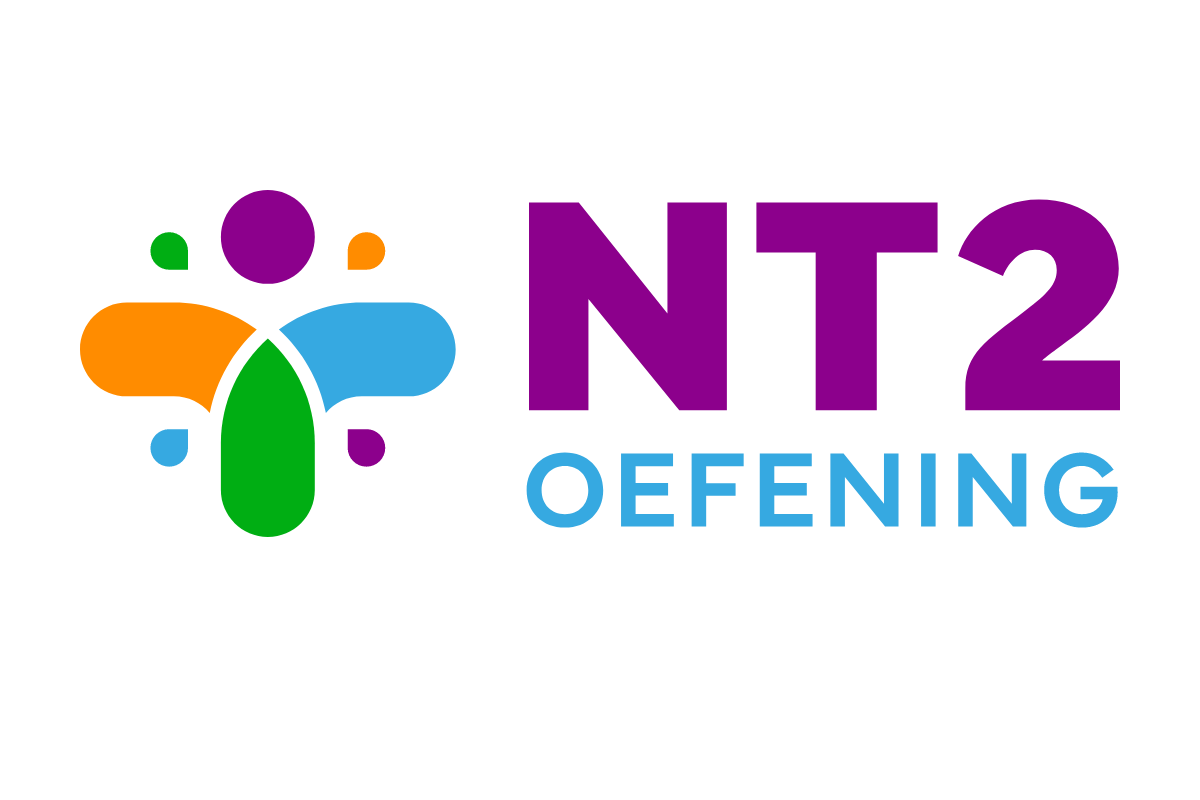Introduction
Mastering Dutch writing involves more than just vocabulary and grammar. It also requires an understanding common mistakes that can undermine clarity and coherence. In this blog post, we will explore ten frequent mistakes, examples, and tips to enhance your Dutch writing skills
1. Tautology
Tautology occurs when unnecessary repetition of meaning creeps into sentences. It can make writing complex and less precise. For instance:
- Incorrect: “eerst en vooral” (first and foremost)
- Correct: “eerst” (first)
2. Pleonasm
Pleonasm involves using redundant words that do not add new information. This can detract from the conciseness of your writing. For example:
- Incorrect: “nieuwe innovatie” (new innovation)
- Correct: “innovatie” (innovation)
3. Contamination
Contamination happens when two distinct words or expressions are merged incorrectly, leading to confusion or ambiguity. For instance:
- Incorrect: “opnieuw herhalen” (repeating again)
- Correct: “herhalen” (to repeat)
4. Incongruence
Incongruence occurs when there is a mismatch between the subject and the verb in terms of number or person. This can disrupt the flow of your writing. For example:
- Incorrect: “De studenten is” (The students is)
- Correct: “De studenten zijn” (The students are)
5. Faulty Contraction
Faulty contraction happens when clauses are improperly joined, causing grammatical errors or confusion. For example:
- Incorrect: “Ik ben naar de winkel gegaan en kom terug” (I went to the store and come back)
- Correct: “Ik ben naar de winkel gegaan en kom nu terug” (I went to the store and am coming back now)
6. Ambiguity
Ambiguity occurs when a sentence can be interpreted in multiple ways, often due to unclear phrasing or misplaced modifiers. This can lead to misunderstandings. For instance:
- Incorrect: “De dokter vertelde de patiënt dat hij snel beter zou worden” (The doctor told the patient he would get better soon)
- Correct: “De dokter vertelde de patiënt dat hij snel zou herstellen” (The doctor told the patient he would recover soon)
7. Misuse of Prepositions
Misuse of prepositions involves using prepositions incorrectly, altering the meaning of a sentence or making it grammatically incorrect. For example:
- Incorrect: “Ik ben geïnteresseerd met het boek” (I am interested with the book)
- Correct: “Ik ben geïnteresseerd in het boek” (I am interested in the book)
8. Incorrect Concise Clause
An incorrect concise clause fails to clearly indicate who is performing the action, leading to confusion or ambiguity. For example:
- Incorrect: “Tijdens het lezen viel de stroom uit” (While reading the power went out)
Correct: “Tijdens het lezen viel de stroom uit” (While I was reading the power went out)
9. Incorrect Inversion
Incorrect inversion occurs when the order of subject and verb is reversed incorrectly, disrupting the natural flow of the sentence. For example:
- Incorrect: “Gisteren kocht hij een nieuwe fiets en reed naar huis” (Yesterday bought he a new bike and rode home)
- Correct: “Gisteren kocht hij een nieuwe fiets en reed naar huis” (Yesterday he bought a new bike and rode home)
10. Incorrect Verb Tenses
Using verb tenses incorrectly within a sentence or text can confuse readers about the timing of actions. For example:
- Incorrect: “Ik heb de film gekeken en ik vind het leuk” (I watched the movie and I like it)
- Correct: “Ik heb de film gekeken en ik vond het leuk” (I watched the movie and I liked it)
Tips to Improve Your Dutch Writing
Now that we’ve covered these common mistakes, here are some practical tips to help you enhance your Dutch writing skills:
- Practice Consistently: Regular writing practice will help you internalize correct grammar and usage.
- Use Language Tools: Utilize Dutch grammar checkers and dictionaries to verify your writing.
- Read Widely: Exposure to well-written Dutch texts will improve your understanding of correct syntax and style.
- Seek Feedback: Ask native speakers or proficient learners to review your writing and provide constructive criticism.
Focus on Specific Areas: Target your weakest areas of grammar or vocabulary to improve steadily.
Conclusion
Improving your Dutch writing skills requires attention to detail and practice. By avoiding common mistakes such as tautology, pleonasm, and incongruence, and by implementing the tips provided, you can write more clearly and effectively in Dutch. Remember, consistent effort and a willingness to learn from your errors will lead to significant progress. Happy writing!
Nt2 Oefening: Your Path to Success in Dutch Exams
Nt2 Oefening is your ultimate companion on the journey to mastering Dutch language proficiency exams. Whether you’re aiming for integration or academic pursuits, our platform equips you with the tools to succeed. Start practicing today to enhance your skills, receive immediate feedback, and confidently approach your next Dutch exam. Empower your learning with Nt2 Oefening and unlock your full potential in Dutch language proficiency. Begin your path to success now!

